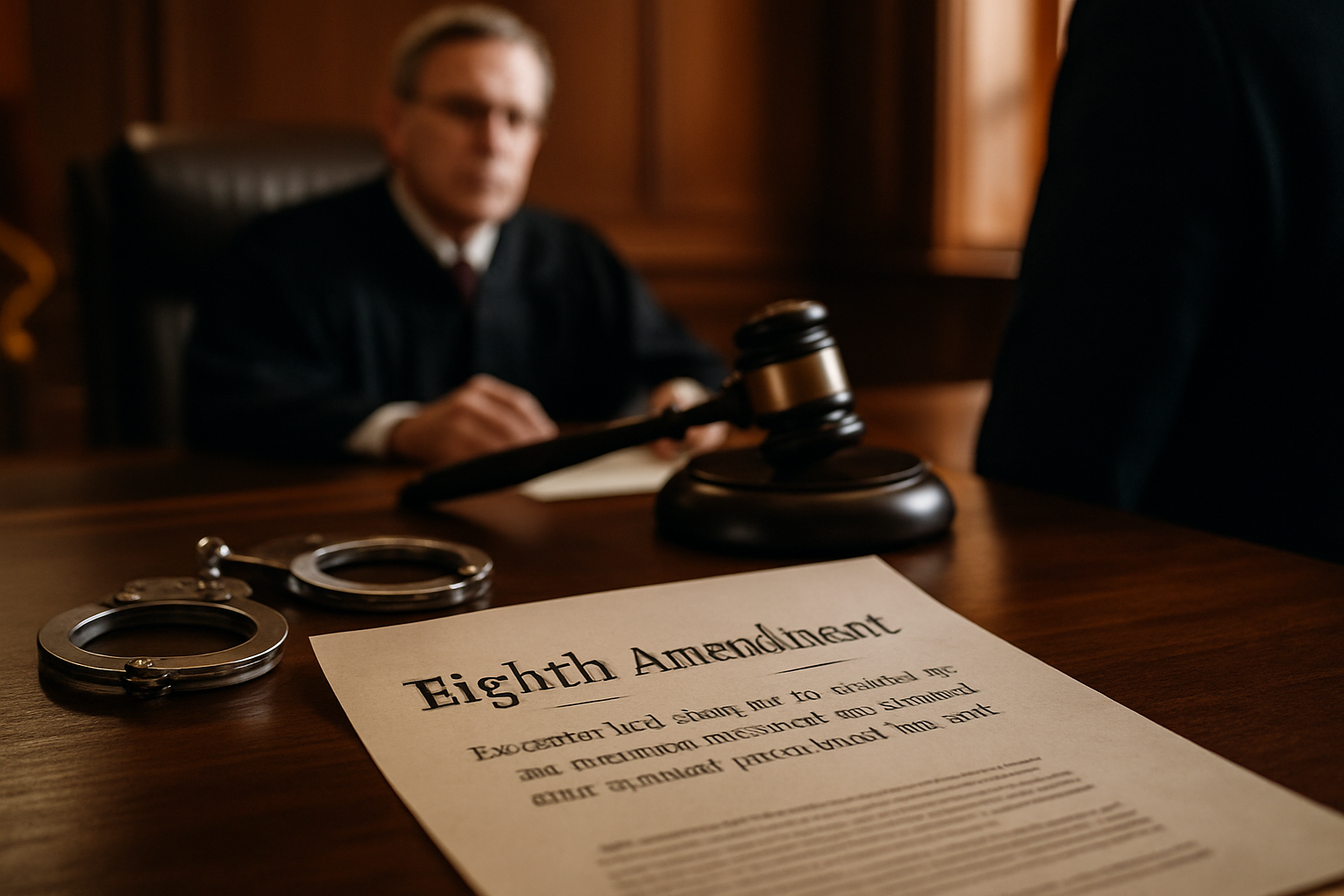Title: Judicial Impeachment: A Rarely Used Constitutional Safeguard
Introduction: In the intricate tapestry of the American legal system, judicial impeachment stands as a seldom-invoked yet crucial mechanism for maintaining the integrity of the judiciary. This constitutional safeguard, designed to address misconduct among federal judges, has been used sparingly throughout U.S. history, making it a topic of intrigue and importance in legal circles.

Historical Precedents
Since the ratification of the Constitution, only 15 federal judges have been impeached by the House of Representatives, with just eight convicted by the Senate. The first judicial impeachment occurred in 1804 when Judge John Pickering of New Hampshire was removed from office due to mental instability and alcoholism. This case set a precedent for what constitutes impeachable offenses beyond the explicit crimes mentioned in the Constitution. Subsequent cases have involved charges ranging from tax evasion to perjury, illustrating the evolving interpretation of impeachable conduct.
The Impeachment Process
The process of judicial impeachment mirrors that of other federal officials. It begins in the House of Representatives, where articles of impeachment must be passed by a simple majority. The case then moves to the Senate for trial, presided over by the Chief Justice of the Supreme Court. A two-thirds majority in the Senate is required for conviction and removal from office. This high threshold underscores the gravity of impeachment and the importance of preserving judicial independence.
Balancing Judicial Independence and Accountability
One of the most challenging aspects of judicial impeachment is striking the right balance between maintaining judicial independence and ensuring accountability. The lifetime appointment of federal judges is designed to insulate them from political pressures, allowing for impartial decision-making. However, this same protection can potentially shield misconduct. The impeachment process serves as a necessary counterweight, providing a mechanism for addressing serious breaches of public trust without undermining the judiciary’s autonomy.
Recent Developments and Future Implications
In recent years, discussions around judicial impeachment have gained renewed attention. The case of Judge Thomas Porteous, impeached and removed from office in 2010 for corruption and perjury, highlighted the continued relevance of this constitutional provision. Moreover, debates about expanding the grounds for judicial impeachment to include issues like ideological extremism or perceived bias have emerged, sparking controversy about the potential politicization of the process. As the legal landscape evolves, the interpretation and application of judicial impeachment may face new challenges and scrutiny.
Comparative Perspectives
While judicial impeachment is a distinctly American process, other democracies have developed their own mechanisms for addressing judicial misconduct. Examining these alternative approaches provides valuable insights into different balances of judicial independence and accountability. For instance, some countries employ judicial councils or disciplinary tribunals, offering more streamlined processes for addressing misconduct without the political implications of impeachment.
The Future of Judicial Accountability
As the United States continues to grapple with questions of judicial ethics and accountability, the role of impeachment in maintaining the integrity of the federal judiciary remains a topic of significant importance. Legal scholars, policymakers, and the public alike must consider how this constitutional safeguard can be effectively utilized in the modern era without undermining the fundamental principles of judicial independence. The rarity of judicial impeachments in American history speaks to both the high standards of conduct generally maintained by federal judges and the gravity with which such proceedings are approached.





